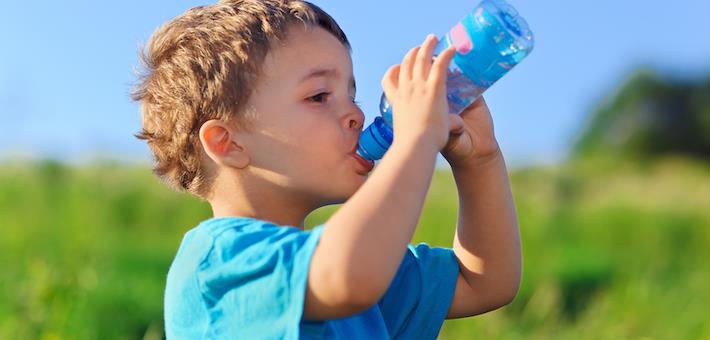
Share H2O: How Peers Can Promote Water Drinking
An intervention using peers to promote water drinking among primary school children can be quite effective, an Appetite study shows. Findings reveal that when ‘influential’ children within classrooms are selected and encouraged to drink more water and promote its consumption, peers are inclined to follow the good example and make healthier drinking choices.
Take aways
- Children (9- to 13-year olds) whose water consumption is stimulated by ‘influential’ classmates, are likely to drink more water and less sugary beverages.
- This is specifically the case when these classmates are children whom others “respect”, “want to be like”, “look up to”, “go to for advice” or “regard as good leaders”.
- For intervention developers, it’s important to know that using peer influence is a promising method to improve children’s healthy behaviors.
Study information
The question?
Can (influential) children stimulate other peers to consume more water and less sugary drinks?
Who?
210 nine- to thirteen-year-old children (mean age: 10 years old; 52% were girls)
Where?
The Netherlands
How?
This study was part of the MyMovez project, which was funded by the European Research Council.
The researchers divided the children into two groups. In the “Share H2O” intervention group the most influential children in each classroom were selected and trained to promote water drinking among their peers for eight weeks. Five questions were used to identify the most influential children in each classroom: children were asked to nominate up to five classmates whom they “respected”, “wanted to be like”, “looked up to”, “went to for advice”, and “regarded as good leaders”. The training lasted for 90 minutes and started with the assignment to make a word web about the health and environmental benefits of water drinking. Then, the researchers showed a short movie-fragment about the problems for animals associated with the Great Pacific garbage patch. Afterwards, influence agents were asked to drink more water themselves and spread their favorable benefits of water among their peers. Children in the control group, however, did not receive any intervention. Water consumption, sugar-sweetened beverage consumption, and intentions to drink more water in the near future were assessed by self-report measures before and immediately after the intervention.
Facts and findings
- Compared to children who did not receive an intervention, those who participated in the Share H2O intervention reported an increase in their water consumption and a decrease in their sugar-sweetened beverage consumption over time (see Figure 1 & 2).
- Interesting finding: The intervention only had an effect on children’s behavior and not on their intentions to drink more water in the near future.
- The authors gave the following explanation for this finding: It might have been the case that the children modelled the water drinking behavior of the influential peers without being aware of it.

